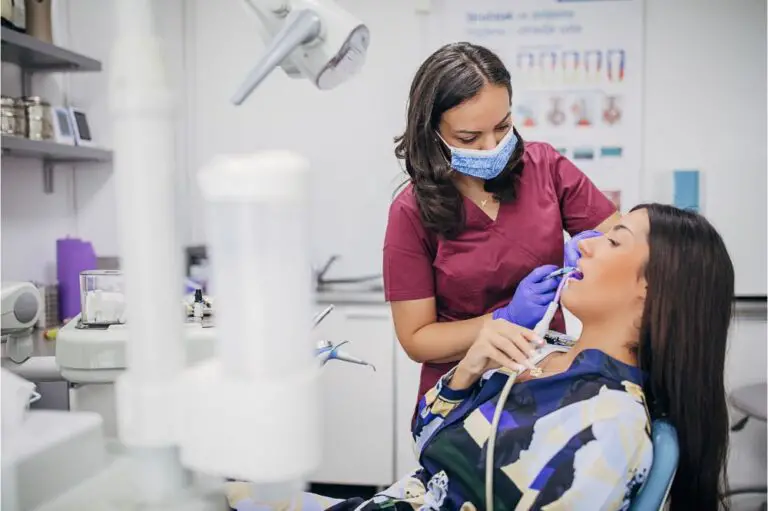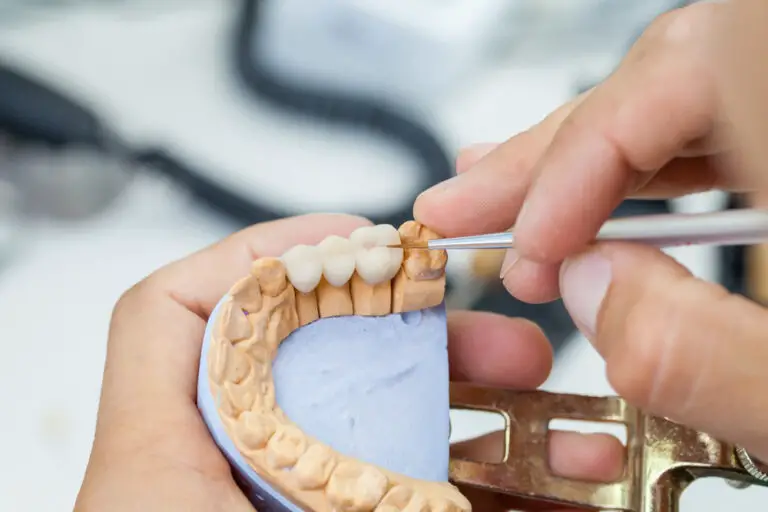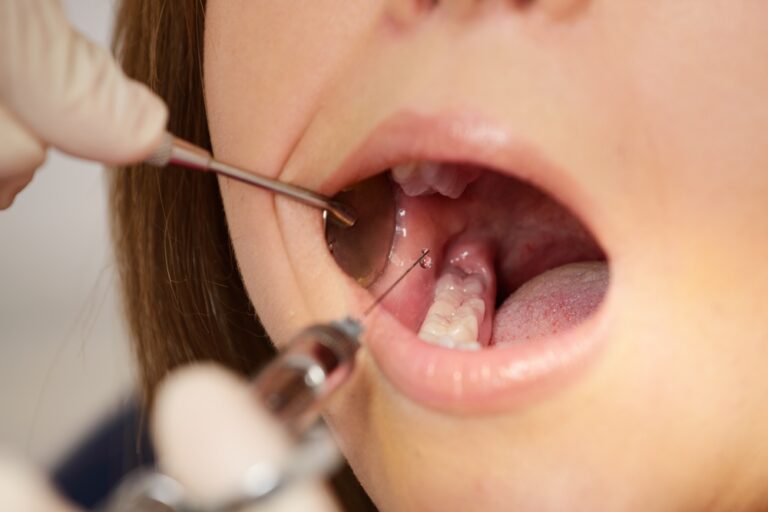Getting partial dentures is a popular option for those with gaps in their smile. This dental solution restores both the functionality and aesthetics of your teeth. But just how many teeth do you need for a partial denture?
If this question haunts your peace, don’t worry because you’ve come to the right place!
In this article, we will explore the ins and outs of partial dentures. From the specific number of teeth needed to the different types available, here is everything you should know about this transformative treatment!
What are Partial Dentures & Why Do You Need One?
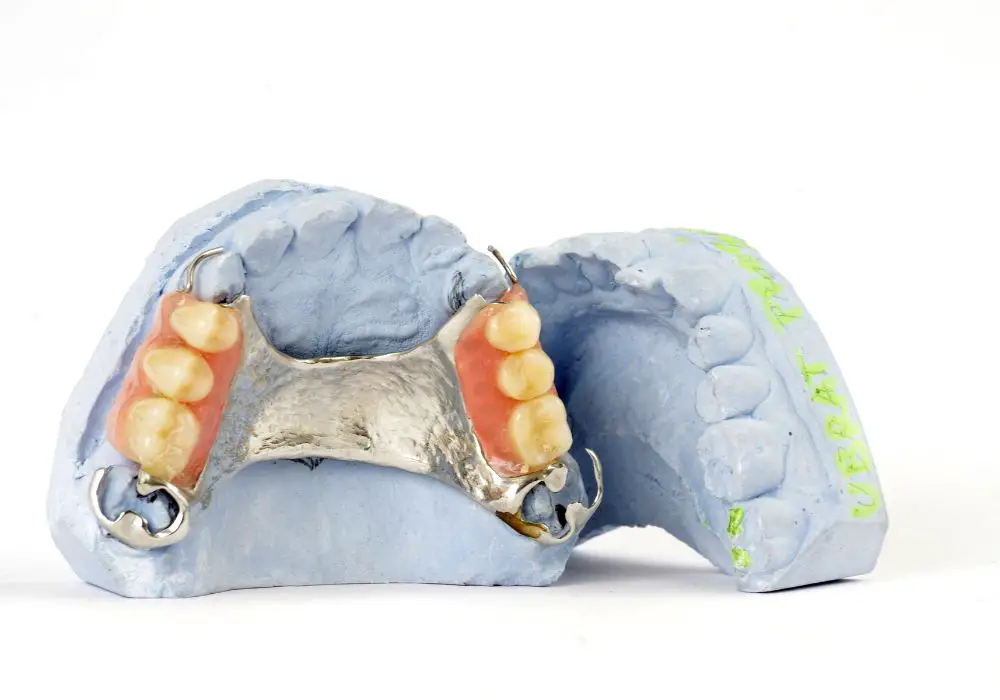
Partial dentures are removable prosthetics designed to replace one or more missing teeth in your mouth. In simple terms, they are fake teeth and gums.
The good part is that they don’t look artificial!
A partial denture is always custom-made to blend with your natural teeth’s shape, size, and color. Your dentist will take dental impressions of your teeth on a putty-like material to create exact replicas.
This helps you smile more confidently and chew without constant pain. The artificial teeth also prevent the shifting of remaining natural teeth, which maintains the facial structure. So, if you have lost multiple teeth and want to avail these benefits, a partial denture can work wonders!
Please note: A fixed partial denture is better known as a dental bridge. These permanent partial dentures can only be removed by a professional. Watch this video to learn more about their differences.
How Many Teeth Do You Need for Partial Dentures?
The number of teeth required for partial dentures depends on the individual’s specific dental condition. But, generally, a minimum of two natural teeth are needed on either side of the gap to support a removable denture.
These neighboring natural teeth act as anchors and help keep the partial dentures stable in your mouth. So, the more teeth you have, the better will be the stability and functionality of partial dentures.
However, if a person has lost all their natural teeth in one jaw, a complete denture (also called a full denture) may be recommended. This prosthetic replaces all of the teeth in your upper or lower jaw.
Can You Have a Partial Denture with No Back Teeth?
Yes, it’s possible to have removable partial dentures with no back teeth.
Your dentist will use the front or middle section of the mouth to install the partial denture for missing teeth. Each denture will be connected to the natural teeth with clasps. So, it would feel a little weird in your mouth.
But the presence of your molars and premolars doesn’t really matter. As long as you have natural teeth in the middle or front, the partial denture can still be placed.
Can a Partial Denture Be Attached to One Tooth?
Yes, partial dentures can be attached to one tooth in certain circumstances. Your dentist will examine your dental condition to suggest whether your existing natural tooth can take the load of the partial dentures.
If the supporting tooth is weak, damaged, or not in good condition, the dentist may recommend an implant or crown placement. This will make the tooth strong enough to act as an anchor for a partial denture.
However, if you have only one tooth remaining in your complete upper or lower jaw, you will need a full denture. This is simply because the partial dentures won’t have another anchor to stay fixed.
So, your dentist will extract the remaining natural tooth and place a full denture. This artificial set of gums and teeth won’t have any metal clasps or clips. Instead, it will use suction force to stay fixed in your mouth.
What are the Best Types of Partial Dentures?
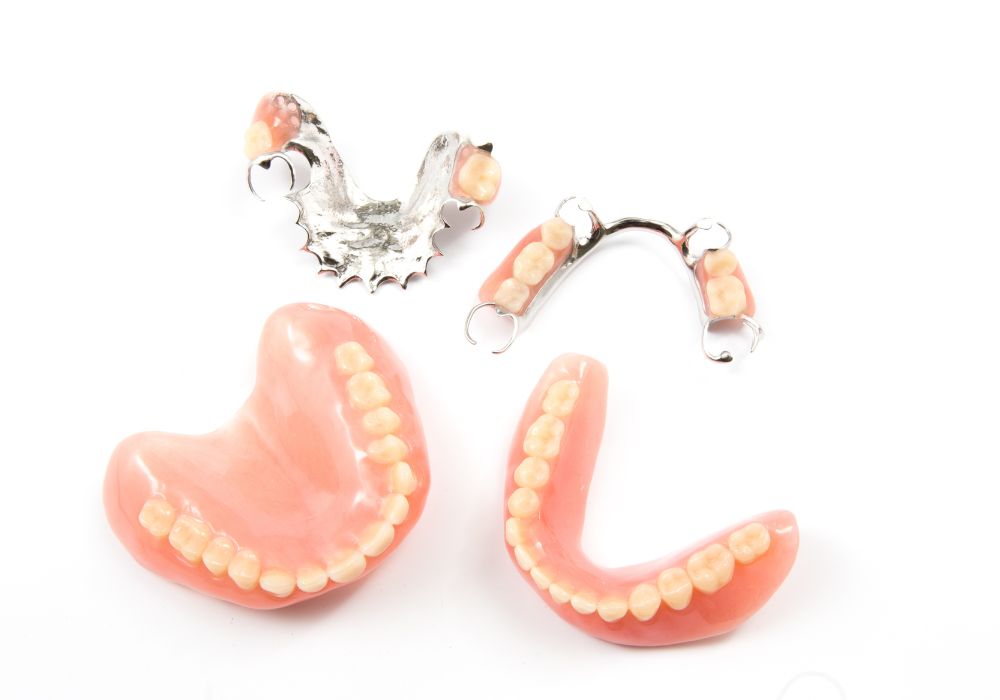
When it comes to partial dentures, customization is the key. However, the material used can have a huge impact on both comfort and durability. To help you make the best choice, here’s an overview of the popular materials used in the making of partial dentures:
1. Cast Metal Partial Dentures
Metallic dentures are typically made from cobalt-chromium alloy. They are known for their exceptional strength and slim design. They are also less bulky than acrylic dentures, which makes them more comfortable for some people.
What’s more, cast metal frameworks are highly resistant to fracture and wear. They last for an average of 10 to 15 years. The only drawback is their cost, as they are more expensive than acrylics.
2. Acrylic Partial Dentures
Acrylic is a widely used material for partial dentures due to its affordability and versatility. It is flexible, which makes it easy for the dentist to modify the denture as needed for a better fit. But acrylics aren’t very durable and will last a maximum of 5 to 7 years.
3. Combination (Acrylic and Metal Framework)
This option gives you the best of both worlds. A combination denture has an acrylic base for better aesthetics and a metal framework for increased strength. This results in a durable and visually pleasing denture.
4. Flexible Partial Dentures
Flexible dentures are made from a thermoplastic material, which offers better comfort and a snug fit. These dentures are metal-free and lightweight too. This makes them less likely to cause soreness and irritation.
However, they aren’t suitable for extensive tooth loss as their flexibility might compromise stability.
How Much Do Partial Dentures Cost without Insurance?
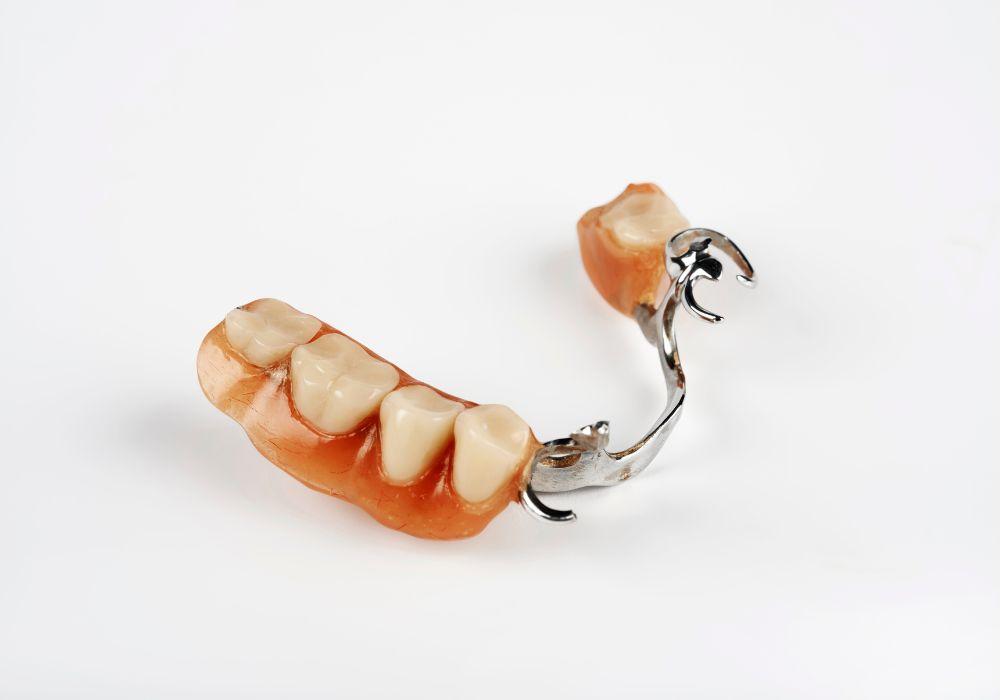
Like all dental procedures, a partial denture is also expensive in the US. The average range is between $650 to $1500 without dental insurance. But the exact cost of dentures will depend on:
- Material of partial denture
- Number of teeth being replaced
- The complexity of your case
- The geographic location of your dentist
To give you an idea, acrylic partial dentures are the cheapest, with a price range of $650 to $1110. Cast metal partial dentures will cost you anywhere from $900 to $2000, and flexible partial dentures will be the most expensive ones – starting from $1000.
However, if you’ve supplemental insurance (Medicaid or Medigap), you can get coverage for your dentures. Please check in with your insurance provider to learn more about how much coverage you will receive and how many times you can get it.
Is There Any Disadvantage of Partial Dentures?
Yes, while partial dentures offer several benefits, they also have some disadvantages that are worth considering.
Oral Hygiene Issues
Plaque builds up underneath the dentures and surrounding anchor teeth. This can increase the risk of tooth decay and gum disease. So, you must brush your dentures regularly.
Bone Resorption
Partial dentures aren’t designed to be worn all the time. You should take them out every 8 hours to give your gums a rest. Also, remove them when going to bed.
If you don’t do so, the pressure exerted by the denture can cause the jawbone to reabsorb. This can change the jaw structure and require a modification of the dentures.
FAQs
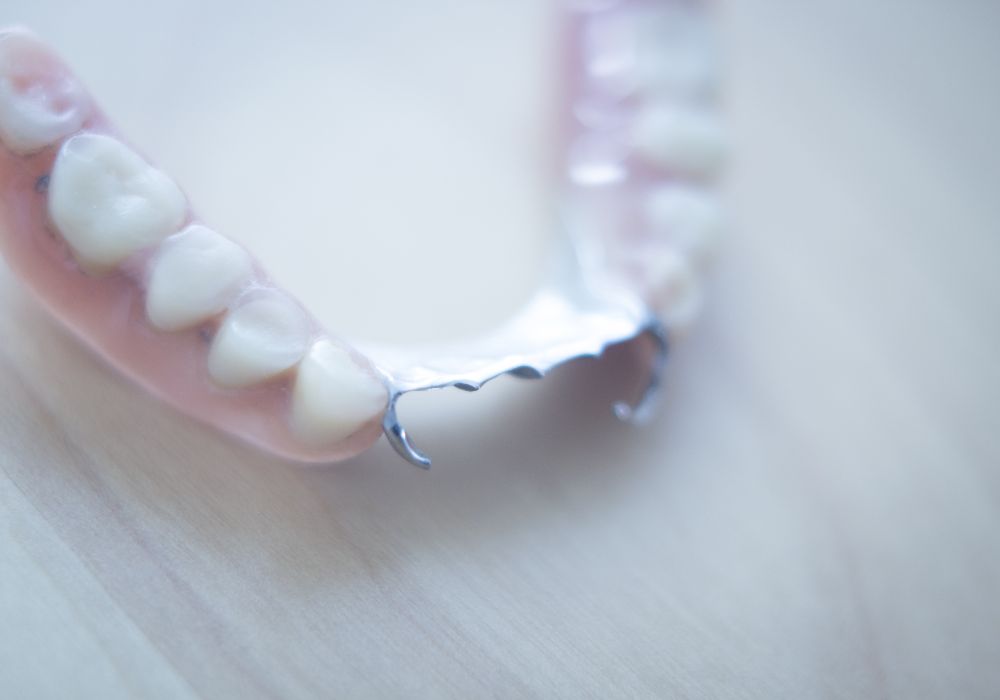
1. How long do partial dentures last?
Partial dentures last for 5 to 15 years. The exact timeframe will depend on the material and how well you have taken care of the dentures. If you clean them regularly or soak them in water overnight, they will not last for even a couple of years.
2. Can you wear partial dentures permanently?
No, partial dentures can’t be worn permanently because they are simply not designed to. They have a limited lifetime, and they will be worn out after that. Besides, wearing partial dentures 24/7 can lead to bone resorption.
This is a condition where your jawbone starts receding and shifting. Your jaw shape will change over the years, which can cause difficulty in chewing and speaking.
3. How long after tooth extraction can I get a partial?
After your tooth extraction, the dentist will give you immediate dentures. These aren’t custom-built to fit perfectly or blend with natural remaining teeth. But they fit well enough to protect the extraction site from damage.
This gives your bone the time to heal, which is around 6 to 8 weeks. Your dentist will install partial or fixed dentures after this healing period.
4. Can I have a partial denture for one tooth?
Yes, you can have a partial denture for one tooth, but it will be more commonly called a dental flipper. It is like a removable retainer that fills the gap between one or more teeth. But it can’t be used for more than 3 missing teeth in a row.
5. What are my options if I have no back teeth?
If you have no back teeth, you can consider several options, like partial dentures, dental bridges, and dental implants. It’s best to consult a dentist to decide which one will be the most suitable option for your oral health and budget.
Last Words
By now, we hope your query – how many teeth do you need for a partial denture? – is crystal clear. But if you still have a doubt or any other related query, feel free to let us know in the comment section below. Our team of experts would love to help you out!

